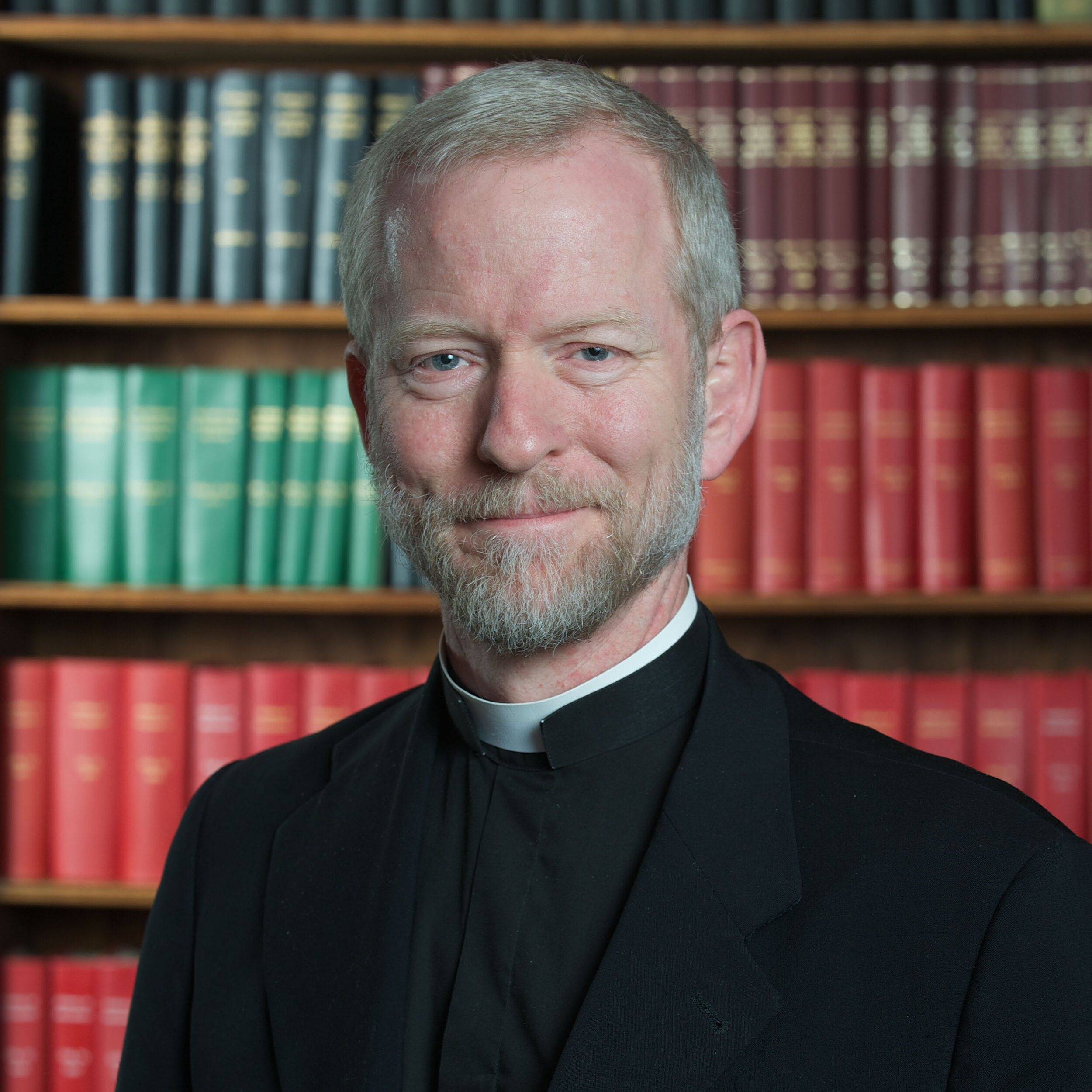Making Sense of Bioethics: Column #213 : Rapid Onset Gender Dysphoria and the Tragic Seduction of Our Daughters
In recent years, the number of young people with gender dysphoria, or extreme discomfort in one’s biological sex, has skyrocketed in the US and Western Europe.
Professor Lisa Littman, a researcher at Brown University, was the first to publish a report that indicated that many transgender-identified children experience “rapid onset gender dysphoria,” a clustering phenomenon in which one, several, or even all the friends in a group become transgender-identified within a similar timeframe. Other researchers have since published similar findings.
Littman proposed the hypothesis that this transgender identification could involve a novel form of peer or social contagion that contrasts with our classical understanding of gender dysphoria dating back about a hundred years. Some of the novel aspects of the phenomenon include:
1. The initial age of onset has markedly shifted, from pre-school aged kids to the teenage years, typically around the age of 16;
2. The sex ratio has flipped from mostly young boys prior to 2010, to now more than 75 percent adolescent girls; and
3. The prevalence of the phenomenon has risen dramatically in recent years, both absolutely and relatively, leading some to suggest we are facing an “epidemic” in Rapid Onset Gender Dysphoria.
In other words, teenage girls with no prior history of gender dysphoria are now the predominant demographic identifying as transgender.
Discussing the phenomenon in Psychology Today, Christopher J. Ferguson, Ph.D. notes that the “sudden surge in the number of teen girls identifying as trans boys is due not to gender dysphoria or transgenderism but rather to girls with other mental conditions who are mistakenly self-identifying as trans because there is social capital built into marginalized identities.”
When surveyed by Littman, over 60 percent of parents reported that the announcement of their child’s coming out had resulted in a popularity improvement at school and in other settings.
These young people appear to be escaping into a victim group into which they don’t actually fit, in part because within the broader culture, gender dysphoria has become one of the few victim identities one can choose.
Many of these youth reportedly had one or more psychiatric diagnoses and almost half were engaging in self-harm prior to the onset of gender dysphoria. There is evidence that transitioning can worsen mental health and correlate with suicidal thoughts. Claims that gender transitioning reduces the risk of suicide remain highly controversial and unsupported by well-designed and properly-controlled scientific studies.
The surge in transgender-identifying adolescents may also be partly explained as a maladaptive coping mechanism for teens struggling with the challenges and stresses arising from their adolescent journey through puberty and their explorations of sexuality in a hyper-sexualized society. Prior trauma, whether sexual, peer, or family, may also play a role.
The steep spike in the phenomenon of rapid onset gender dysphoria appears to be connected to other social factors as well.
For example, YouTube influencers and internet advocates of gender transitioning often have charismatic personalities and offer compelling personal testimonies and confessional stories that draw the attention of youthful audiences. These entertaining and well-produced videos strongly encourage young people to transition, promising happiness and a new lease on life. Prior to announcing their new transgender identity, over 65 percent of the teens were reported by their parents to have spent extended time, sometimes even several weeks of total immersion, watching YouTube transition vlogs and other trans-oriented social media.
A second relevant factor is that various authority figures in the lives of teens, including teachers, therapists and doctors, have started encouraging and affirming the idea of gender transitioning. These respected individuals may energetically advocate for a young person to transition, claiming they know best what the young person needs, and it is virtually always: “transition.”
When parents are hesitant to go along, these authority figures may adopt a savior posture by bringing up a coercive suicide narrative, asking them whether they prefer to have a live son or a dead daughter, while actively seeking to re-educate the allegedly naïve and transphobic parents.
Gender-affirmative advocacy applies powerful pressure on impressionable youth and vulnerable parents. These approaches can tragically seduce our adolescent daughters, resulting in permanent and irreversible damage through hormonal treatments, mastectomies and mutilative genital surgeries.
Thankfully, medical professionals in several European countries are beginning to change course. Treatments for youth with gender dysphoria have become decidedly more cautious. The paramount importance of psychological care is being recognized, with transitioning becoming restricted to research protocols.
We need to begin promoting a more wholesome and balanced perspective to girls, namely, that being a woman is good and beautiful. Therapists need to counsel patience in the face of adolescent claims of discomfort with their biological sex, recognizing that some may be seeking gender transition as an escape from other emotional difficulties. Many who have transitioned are now regretting their choice, with “detransitioning” occurring at an accelerated rate among the same females who presented during adolescence with gender dysphoria.
Young people facing rapid onset gender dysphoria need authentic support and encouragement, rather than surgeries and hormones, especially in the face of data revealing that most of them, if not offered “affirmation therapies,” will outgrow their dysphoria and come to accept their birth sex once their turbulent adolescent years have passed.
Copyright © 2023, The National Catholic Bioethics Center, Philadelphia, PA. All rights reserved.

